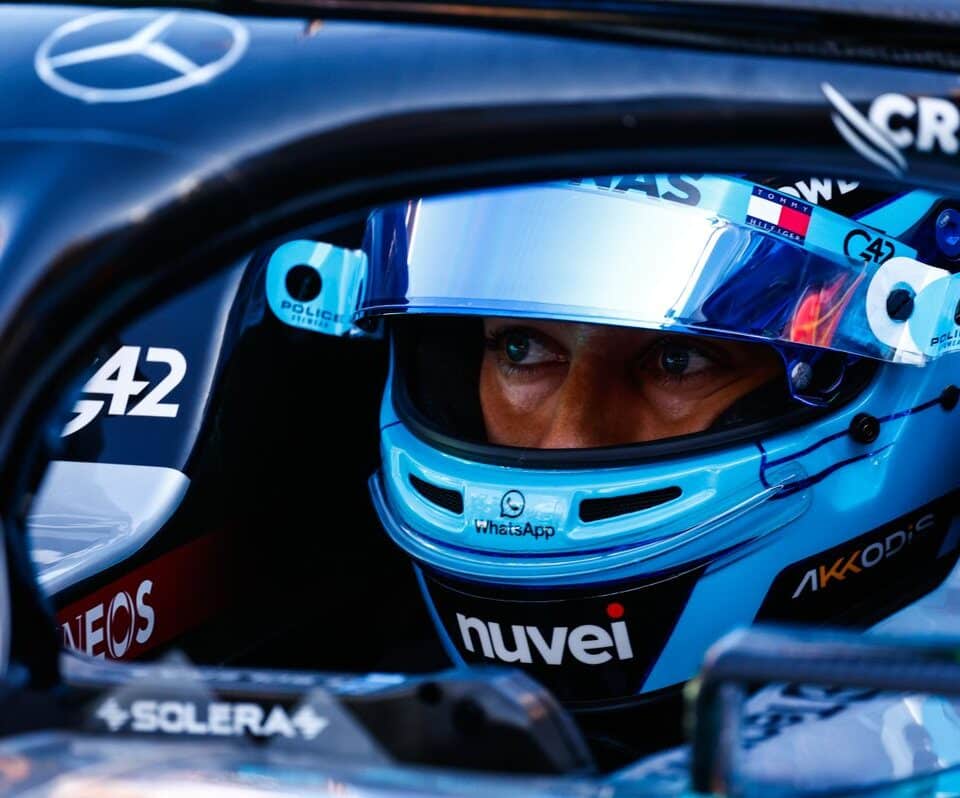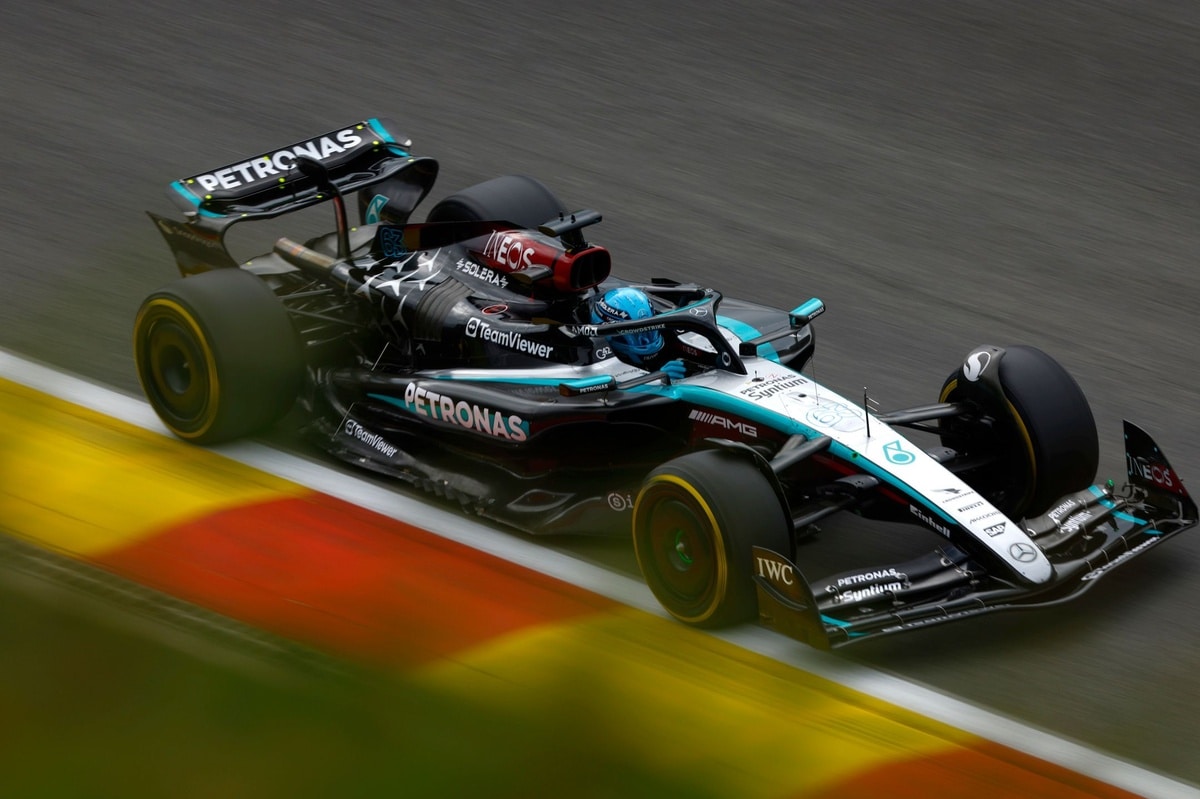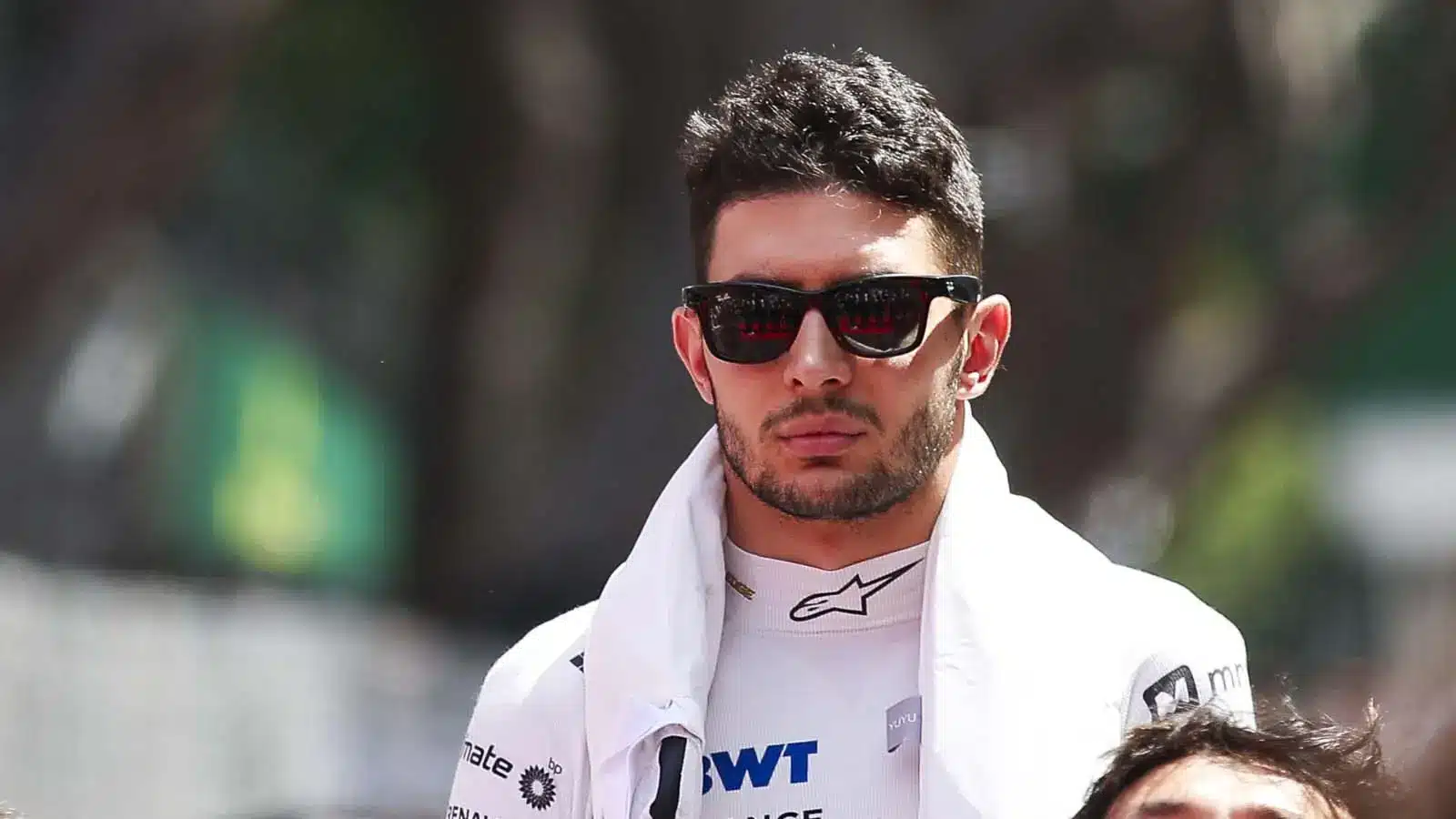Mercedes Formula 1 driver George Russell has sounded the alarm on the potential safety risks posed by the new 2026 F1 cars, which are set to achieve remarkably high speeds.
On Thursday, the FIA unveiled an outline of the all-new 2026 F1 cars, which focus more on electric energy and boast significantly lower drag and downforce levels. While these changes mean the cars will be slower through corners, they are expected to blaze through straights faster than the current models. This shift in performance has raised some serious safety concerns for Russell.
Russell, who also serves as a director of the Grand Prix Drivers’ Association, highlighted how the new designs could see cars hitting speeds of 360km/h at most tracks. He remarked, “They’re going to be exceptionally quick in the straights, 360km/h probably at most tracks, which is pretty impressive. Obviously then the safety needs to be probably improved, because having a crash at 360, 370km/h is going to be pretty crazy.”
Ultra-fast street circuits like Jeddah and Baku are particularly worrisome. Russell urged rule makers to reconsider if these higher top speeds are truly a desired outcome of the 2026 regulations. “When it comes to safety, unfortunately, history has told us that incidents need to happen before changes are made,” Russell explained. “Everybody needs to do a really thorough job ahead of these regulations, because the cars are going to be so quick.”
Russell painted a vivid picture of potential dangers: “It’s going to have so little downforce in the straights, it’s almost going to feel like you’re just flying through the air. You can imagine in a race that it starts raining and you’re on slick tyres, and you’re doing 250 miles an hour on a street circuit. That’s going to be a bit of a sketchy place to be, so these are questions that need to be answered.”
Despite these concerns, Russell acknowledged the efforts of the FIA to evaluate all possible scenarios. “To be fair to the FIA, they are fully aware of this and they’re on top of this, and they’re looking at all of the possible scenarios of what could happen. Time will tell, but the cars are already bloody fast as they are. Where do we stop, are we going to get up to 400 kilometres an hour? Do the fans really need or want to see this?”
Russell also reflected on the potential trade-offs involved. While he lamented the loss of high-downforce performance from the current generation of cars, he conceded that this might be a worthwhile compromise if it leads to better racing. “From a driving standpoint you want the fastest cars, you want to feel like you’re in a fighter jet and in 2020 and 2021 that’s how it felt, and now these cars are getting very quick again,” he said. “It would be a shame to lose some of that performance of the car. But on the flip side, it will improve the racing if there’s less downforce and there’s less dirty air. You can’t have it all and you’ve got to choose your battles. What is it that we want to achieve? For me, you want to have good, hard racing, and strong competition, ideally, between every team and every driver.”
As the countdown to the 2026 F1 season continues, Russell’s concerns highlight the delicate balance between innovation and safety. Whether these new regulations will lead to the desired improvements in racing quality while keeping the drivers safe remains to be seen.
Source: Motorsport










